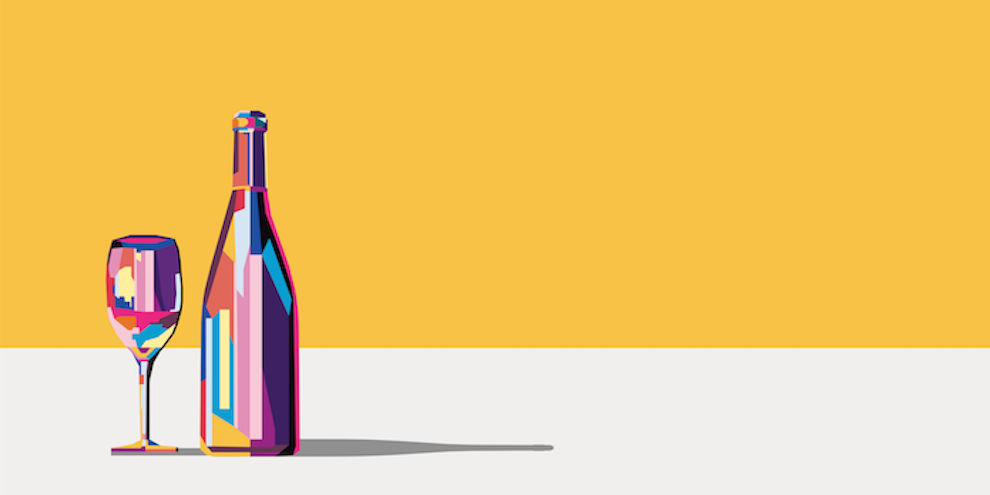••• alcoholic beverage research
A (plastic) jug of wine – and thou?

In an effort to find more carbon-neutral wine packaging, researchers in Australia surveyed 1,200 consumers and found some interest in alternatives to the beloved glass bottle but conclude that non-glass options lack the sense of “heritage and luxury” that bottles confer.
For the article, “Measuring the effect of product and environmental messaging attributes on alternative wine packaging choices” in the Journal of Cleaner Production, researchers from the University of South Australia’s Ehrenberg-Bass Institute for Marketing Science and the University of Adelaide’s Business School explored how attributes such as price, brand and messaging influence packaging choices.
Australia’s main alternative wine packaging choices are the “bag-in-box” (i.e., cask wine) and aluminum cans, along with newer formats such as flat plastic wine bottles.
While these alternatives are up to 51% more carbon-efficient than glass, Australian consumers are resistant. Casks and flat plastic bottles were the most preferred formats after traditional glass, with cans the least preferred, as they were closely tied to specific occasions, such as drinking outdoors.
Package format was the biggest influence on people’s choices; price came second. The importance of brand and eco-messaging varied depending on the respondent’s age and how many eco-friendly behaviors they claimed to engage in.
Alternative wine formats were also typically bought more by younger people. Consumers were more likely to choose alternative wine packaging when the product is in a mid-to-low price range and if it comes from a well-known, prestigious brand.
••• new product research
Conflict over innovative ideas can be positive

Assessments of novel ideas can vary because evaluators use fewer common reference points to evaluate them, making judgements more reliant on idiosyncratic knowledge and preferences, according to a recent study.
For his article, “Greater variability in judgements of the value of novel ideas,” published in the journal Nature Human Behaviour, co-author Wayne Johnson, a postdoctoral researcher at University of Utah, found that the greater an idea’s novelty, the greater disparity in responses it generates.
These conflicting evaluations result in missed opportunities because the wide range of opinions is seen as a negative signal, rather than evidence that the idea is new and useful.
Johnson argues decision makers should identify the reference points different evaluators are using and focus on using evaluations with the most relevant, valid reference points. This strategy can create order from the confusion of many conflicting evaluations and make innovation opportunities clearer to see.
“People interpret disagreement as risk. The fact that disagreement increases with greater idea newness makes creative ideas seem less valuable,” Johnson says. “That throws sand in the gears of innovation.”
Instead of giving up or making negative conclusions when we see disagreement, he advises recognizing this could indicate creativity and prioritizing reviews that use the most relevant reference points.
